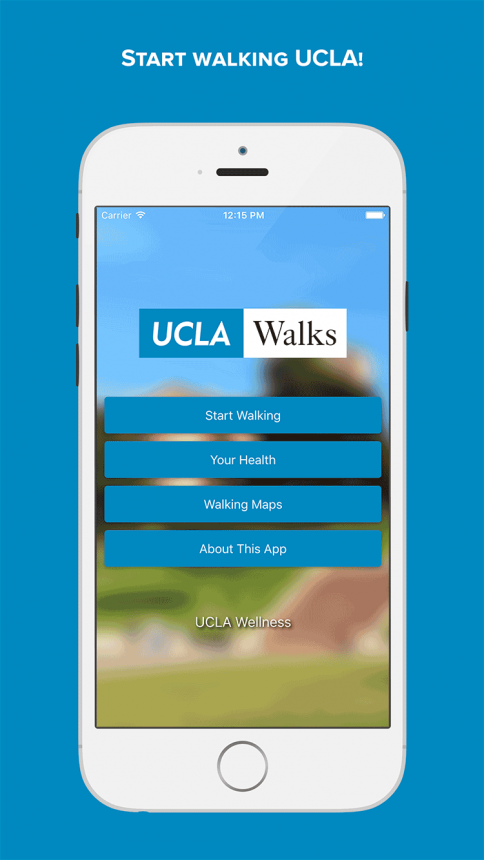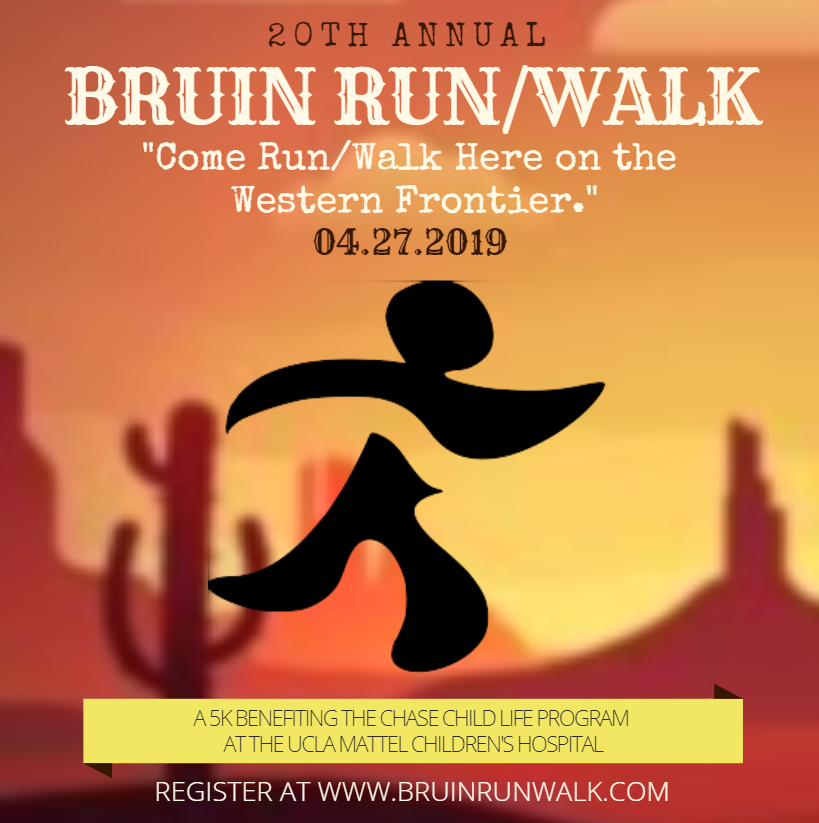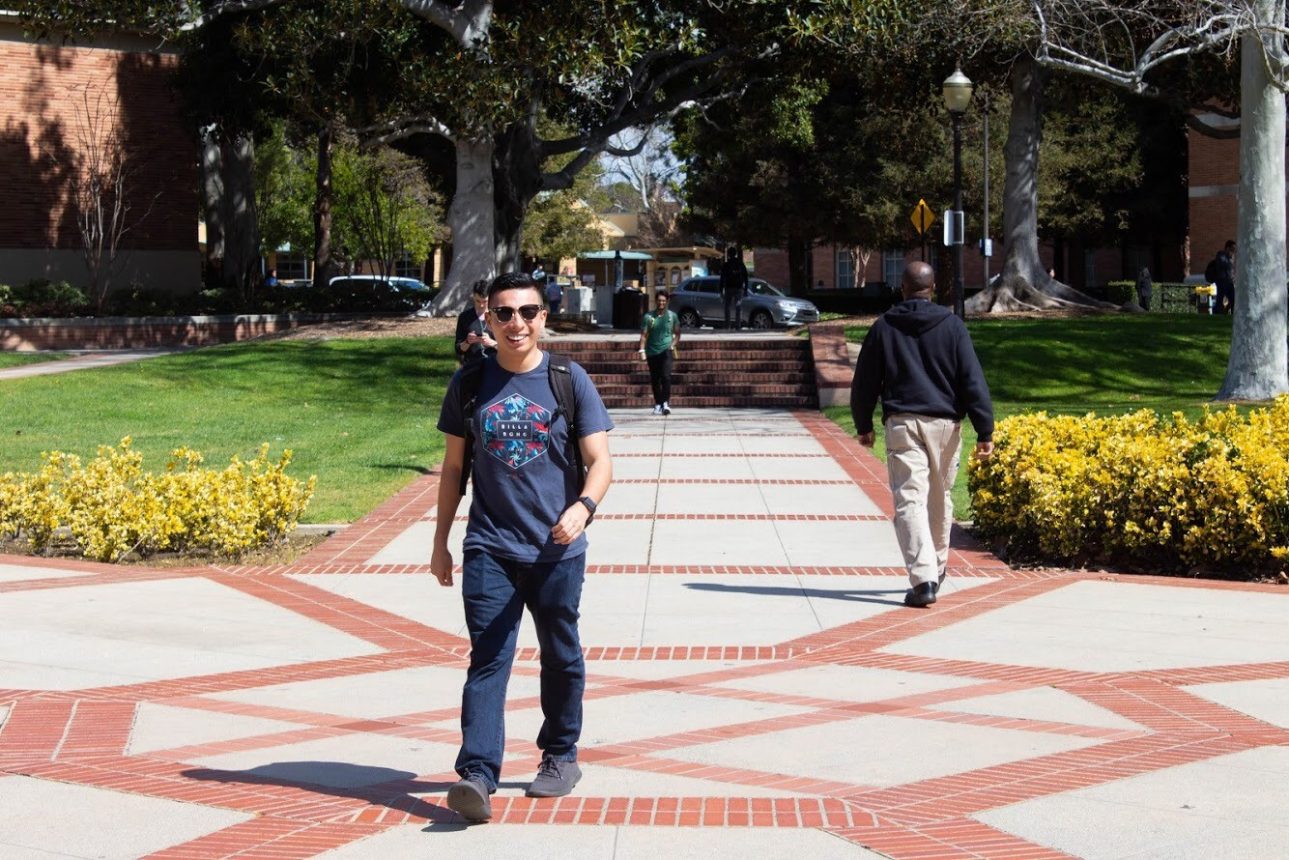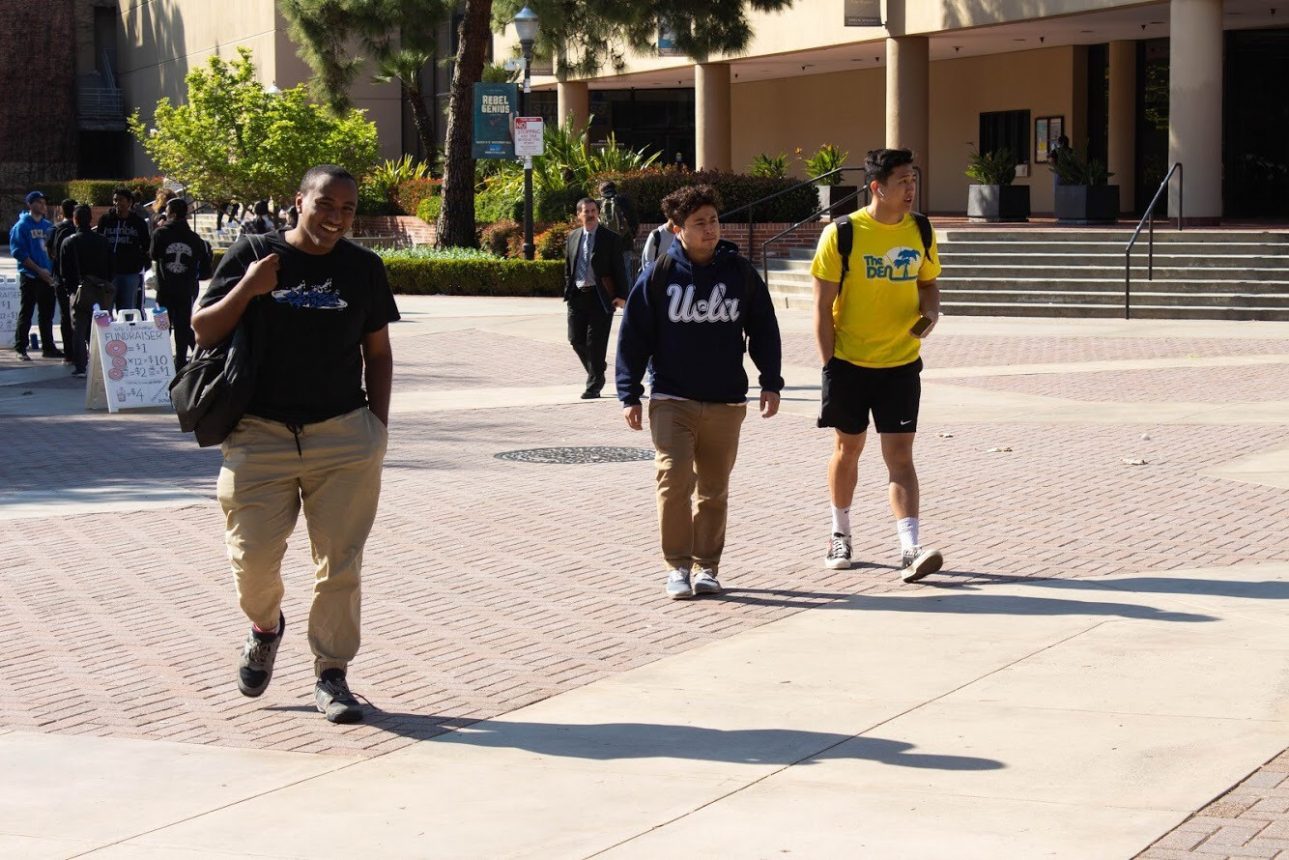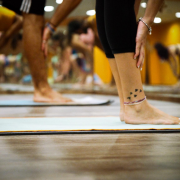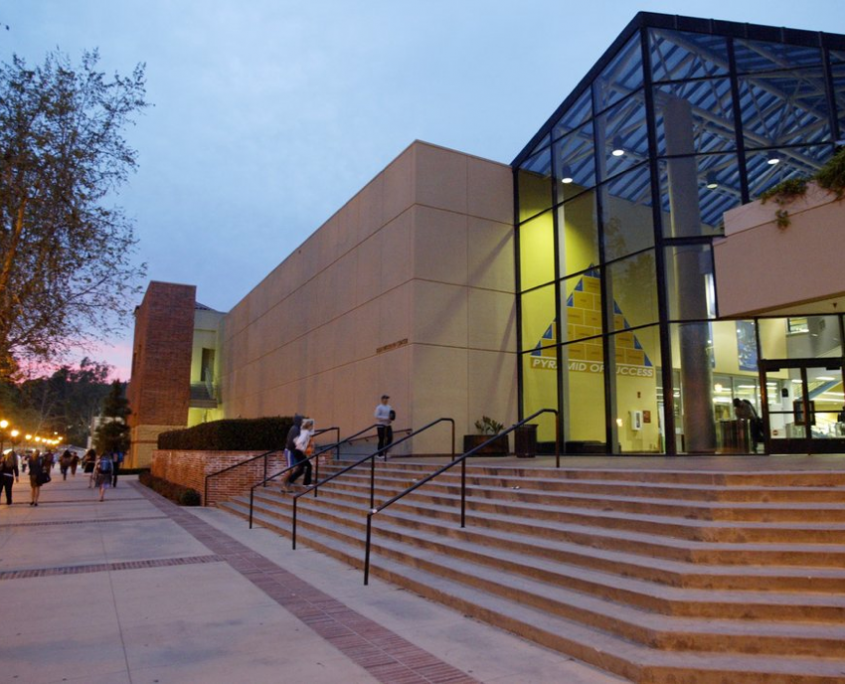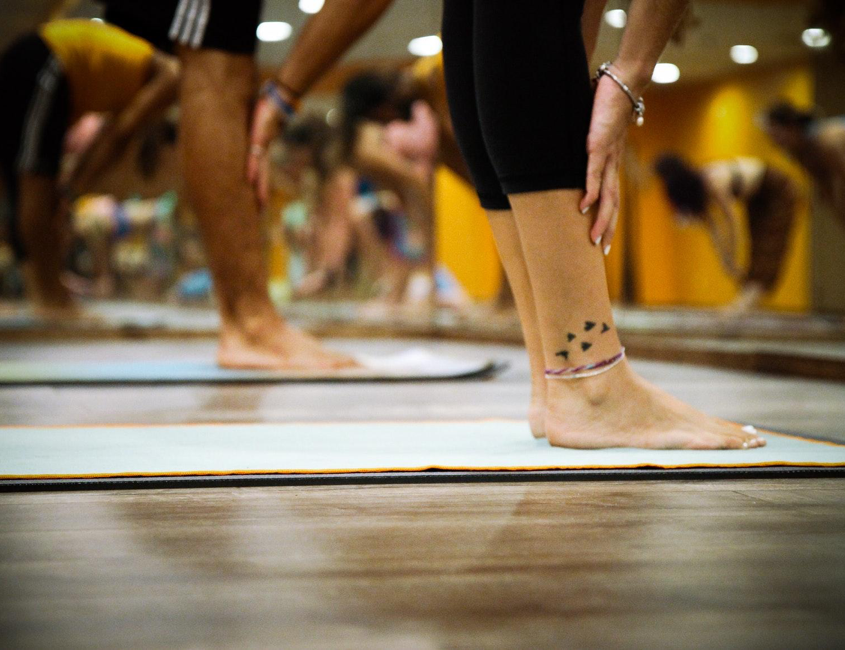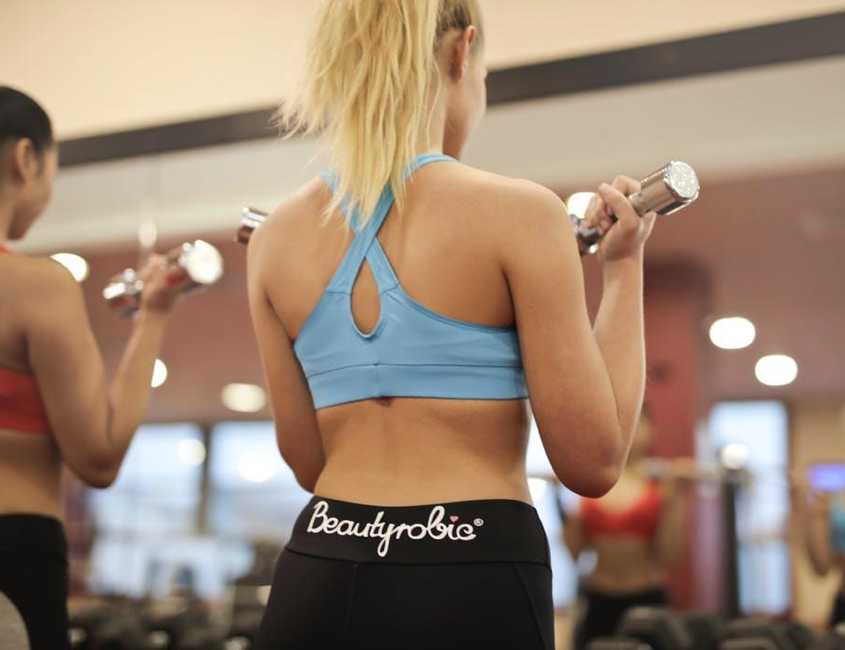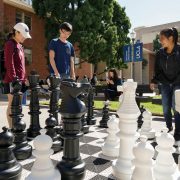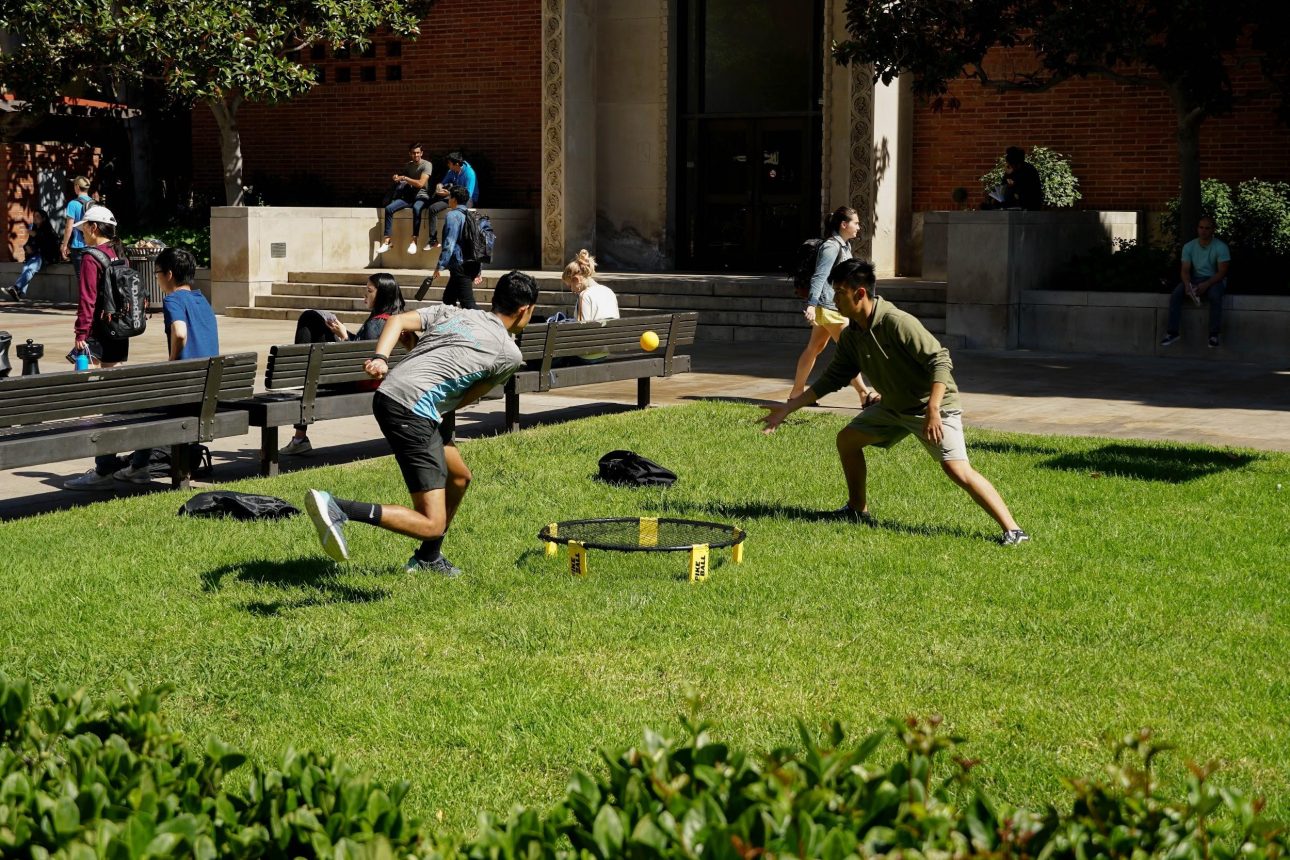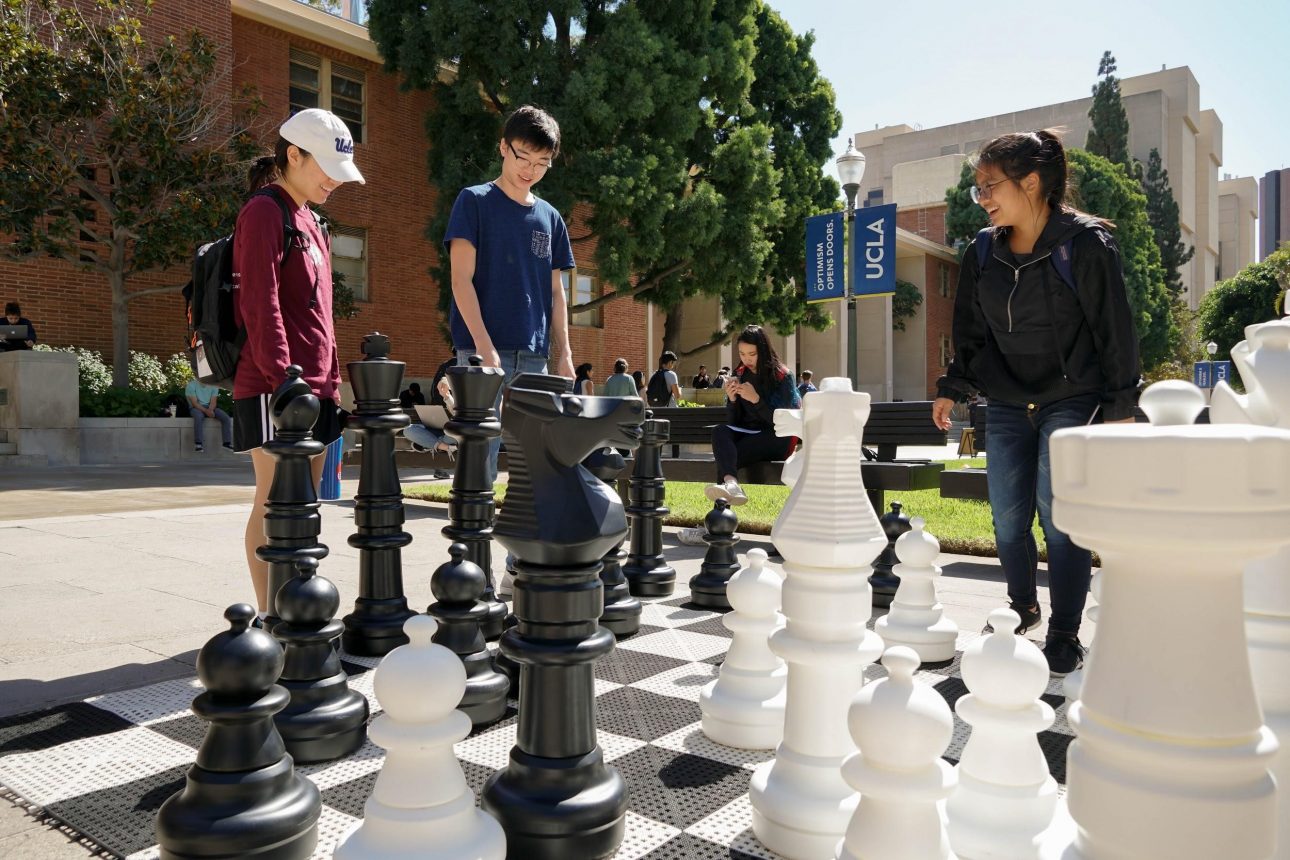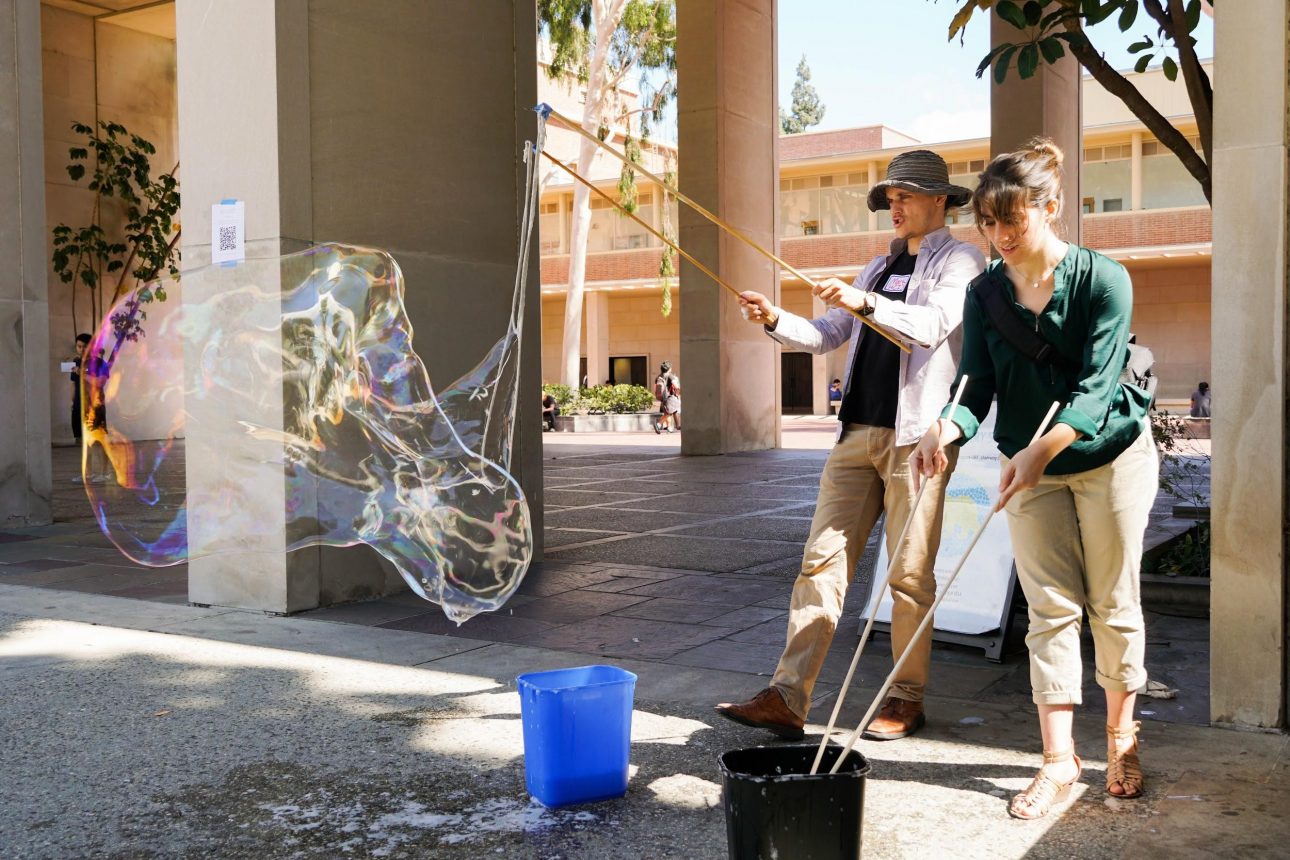Adults need Play, too?
Hello, Bruin family and friends! I hope everyone enjoyed the holiday season and had a restful winter break. Personally, I have enjoyed the much-needed break from Zoom meetings and virtual learning, which brings me to the topic of this blog: play.
Play is any activity that serves no other purpose than bringing enjoyment to the individual engaged. As the definition suggests, play tends to be viewed as a children’s pastime only — but if the experience of joy has no age limit, doesn’t it make sense that adults need play, too? This is exactly what director, James Redford, highlights in the documentary film Playing for Keeps.
The first time I watched the film, I had just completed my first round of fall quarter midterm exams, and to put it simply, I was feeling very overwhelmed by the number of projects I was juggling at the time. Don’t get me wrong, I love keeping busy and feeling productive. However, there is nothing I hate more than feeling unable to complete my work to the best of my ability. Often, I find myself thinking, “If only there were more than 24 hours in a day.” Although, I’m sure that if that were the case I’d still feel like there is more I could be doing.
On one hand, subscribing to the productive mindset can be very rewarding when goals are met; but at the same time, it can bring shame and guilt when those goals are not met. I think the problem lies in the fact that there is a blurry line between successful goal setting and having unrealistic expectations. The latter sets oneself up for failure and later internalization of that shortcoming, resulting in false attribution of that failure to some inherent flaw.
As others might agree, this year has given me the opportunity to reflect and re-evaluate my priorities. For years I’ve fallen victim to the unattainable perfectionistic ideal I’ve built up in my head; and I’ve realized that over time, I’ve neglected the people and activities that have brought me joy, which has time and again left me feeling unfulfilled and isolated.
I wholeheartedly believe that “there is no time like the present” to make a change; but I hope to take advantage of the turn of a new year to better prioritize my mental health and emotional well-being by making more time to play, and I invite you to do so as well.
For most of my life, my main form of play has been sports or exercise. Nonetheless, I go through phases where training feels monotonous and isn’t as mentally rewarding as I’d like. Thus, for the sake of keeping training fun, I plan on reincorporating gymnastics movements into my routine.
My hope is to give myself a mental break from the performance-oriented focus of my regular weight training by setting aside time for mindful movement that is neither guided by a plan nor goal. Truthfully, gymnastics was my first passion, and I feel that reconnecting with my favorite sport would provide me mental and emotional grounding in the midst of this extra stressful period.
With that, I’d like to close this blog with my 3 main takeaways from Playing for Keeps, in the form of quotes from the film:
- “[Play] is a state where what you do is voluntary — done for its own sake. The outcome is not as important as the experience, and it feels good — it’s fun.” – Dr. Stuart Brown (President & Founder, The National Institute of Play)
- “It’s really important to have a passion for what you do…but don’t let it define you. Make sure you have something else in your life…that will take you to a different space.” – Lester Holt (News Anchor)
- “We need to be in each other’s presence, see each other’s faces, hear each other’s voices. Empathy is something we need to foster within ourselves.” – Caroline Pauline Cardenas (Oncology Nurse)
Truly, the film sheds light on salient public health concerns, one of which is the need for social connection and the role it plays in building empathy. The unfortunate reality is that opportunities for in-person interaction are limited at the moment, but a number of resources available to the UCLA community can be found on the Pod Resources page. The Semel HCI Team and I hope you find something that resonates with you and helps you feel more connected to the Bruin community during these difficult times.
Nicole Dominguez is a fourth year undergraduate student at UCLA studying Psychobiology. In addition to blogging for the MoveWell pod, Nicole is a physical therapy aide. In her free time, she enjoys being outdoors, journaling, and lifting weights with her brother. Her favorite socially-distanced pastime is Zooming with friends and listening to live music sets together.
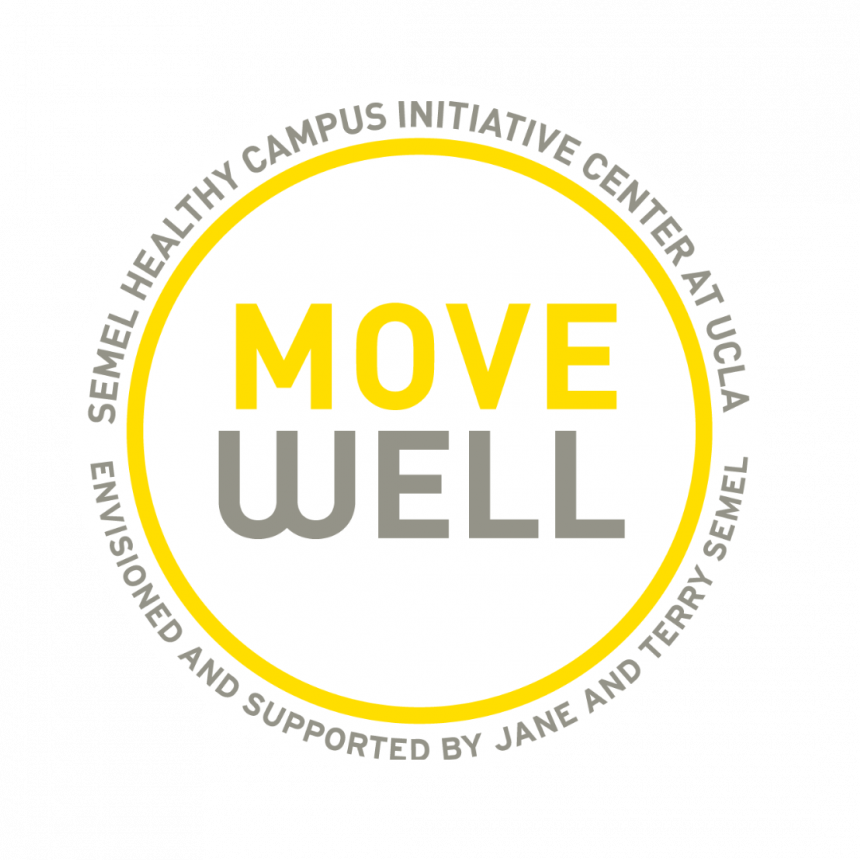

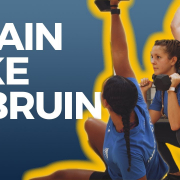
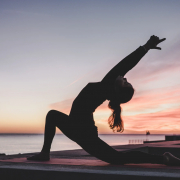
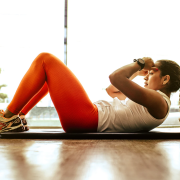
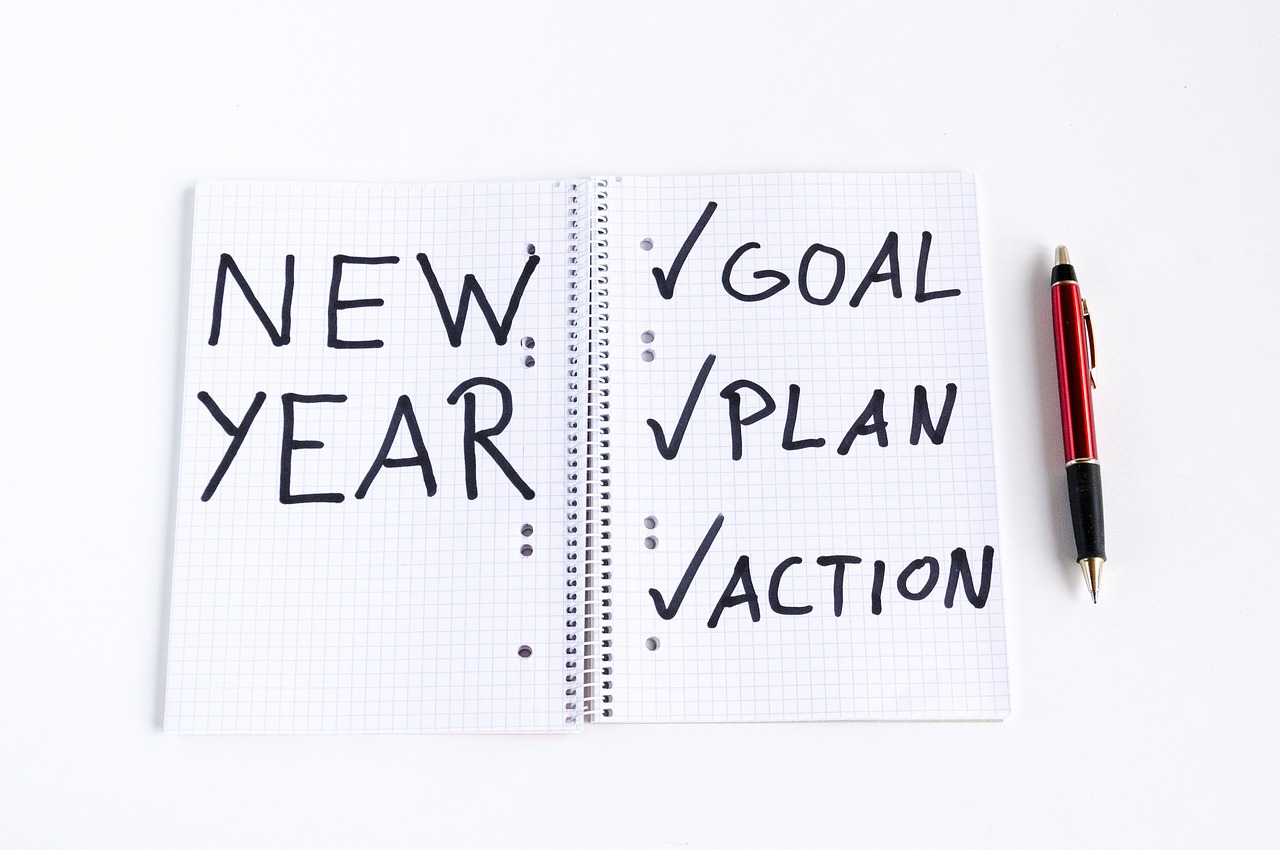
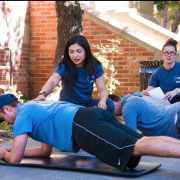

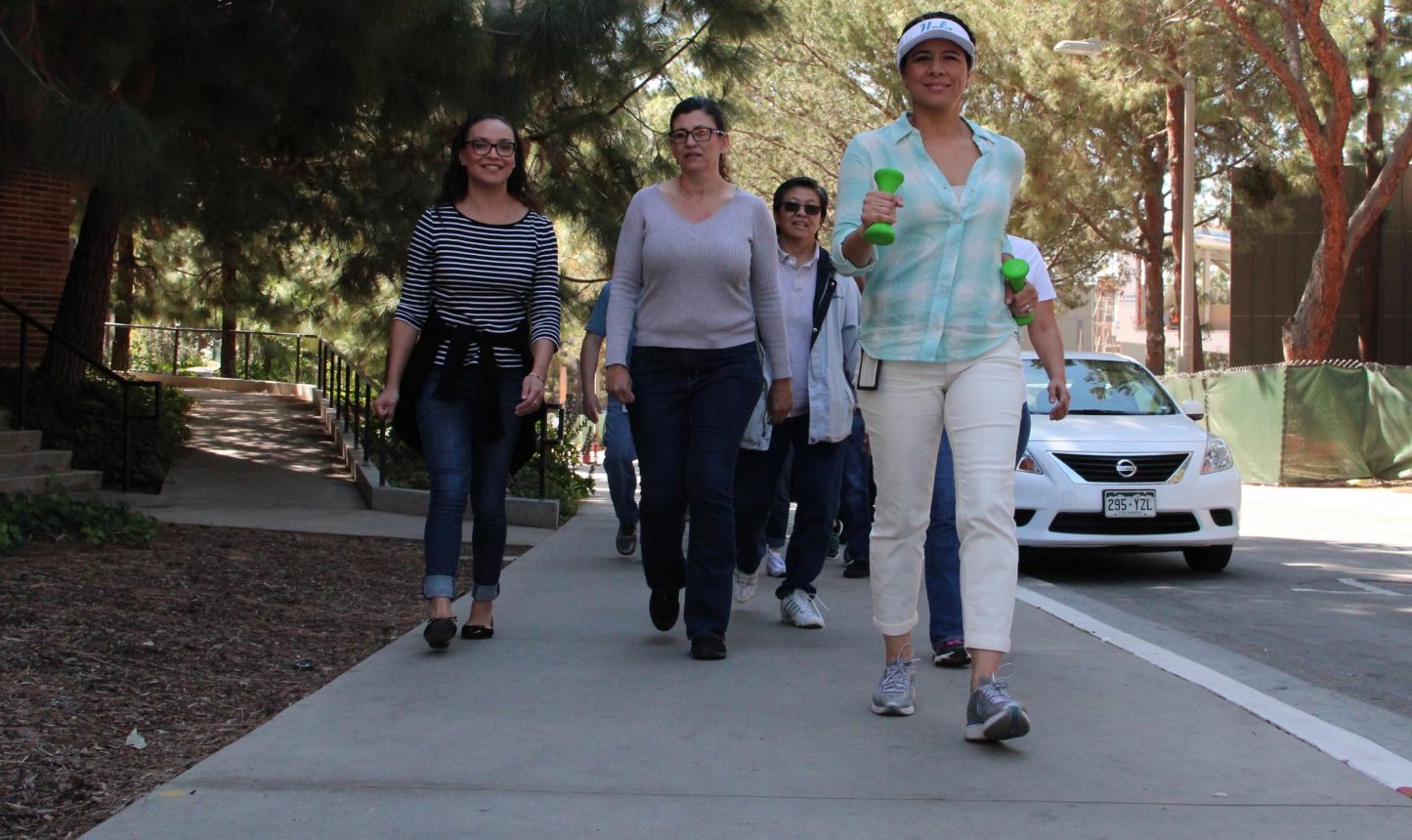


 Walking with Tech
Walking with Tech
